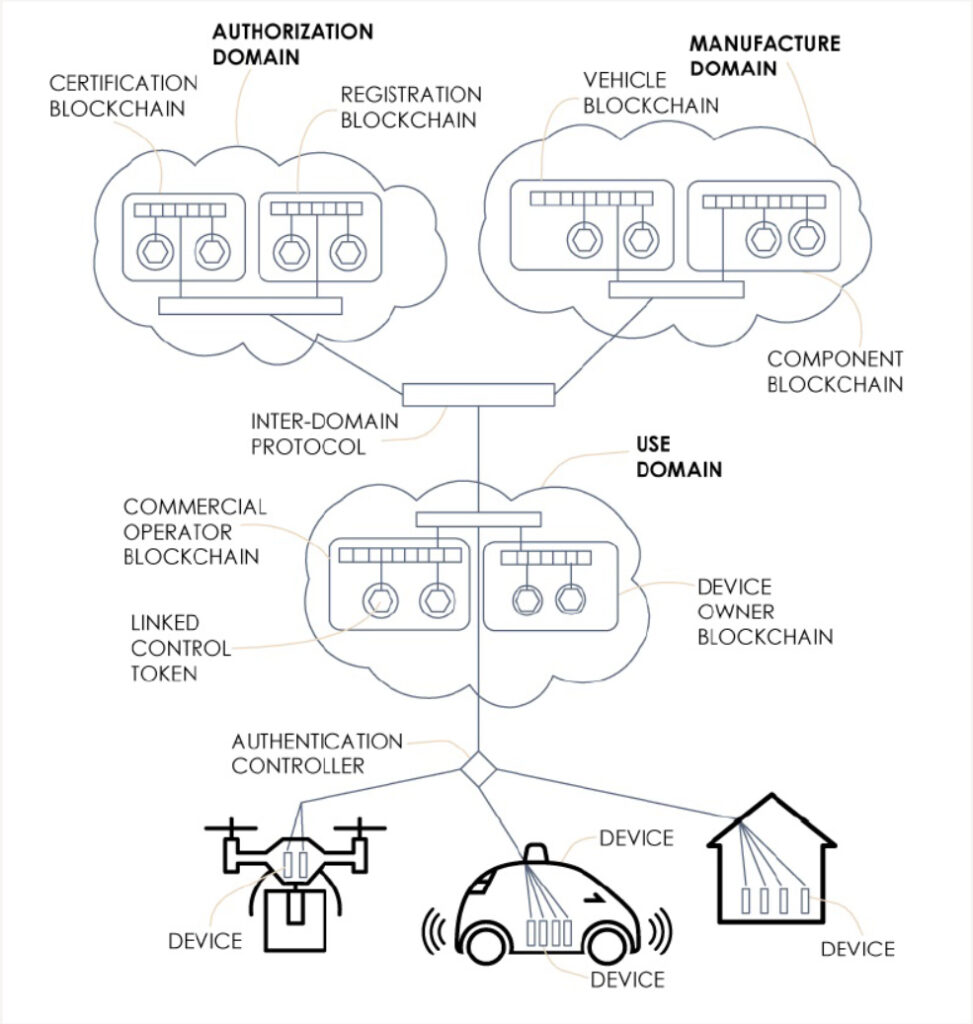LCTs: Connecting WEB3 to the Physical World
WEB3 is in search of a 'killer app'. The physical world is in need of an effective zero-trust-based asset and transaction management solution for supply chain management, physical asset tracking, ownership, use authorization and resource utilization. Linked Control Tokens (LCTs) provide a building block to address these needs.

As of summer 2022 “ownership” of blockchain assets is a bit of a misnomer. Ownership of blockchain assets, such as a cryptocurrency or non-fungible tokens, simply implies possession of encryption keys that provide access to a software-based wallet where such assets are stored. If the keys are compromised or lost there’s very little that can be done in the physical world to enforce ownership rights. Blockchain-based assets are simply records in a distributed, immutable database with little inherent value or utility.
The distributed, immutable nature of blockchains make them suitable for establishing transactional trust. Records can be independently verified easily, and it’s impossible to change them. What’s missing is a means to connect blockchain-based assets to the real, physical world.
LCTs are chains of cryptographic keys that exist across one or more distributed blockchains and are tied to a physical device during manufacturing or product delivery to the end user. LCTs establish ownership, authorization and physical control of devices through a proprietary Authentication Controller software layer.
The diagram on this page demonstrates a system being developed by metaLINXX for Modular Battery Technologies to control the use of removable battery modules for electric vehicles. It is divided into three real-world domains: Manufacturing, Authorization, and Use. LCTs exist as linked chains across all of these domains in a number of private and public blockchains operated by various ecosystem stakeholders.
The proprietary Authentication Controller software layer periodically queries the status of the various distributed records associated with an LCT. The LCT is associated with a physical controlled object. In this application there are multiple physical items conntected to LCTs: removable battery modules, battery pack controllers, electric vehicles and stand-alone battery chargers.
EV batteries are very expensive, highly technical devices. Vehicle manufactures will want to ensure that only certified battery modules are installed in their vehicles. This is accomplished in the Authorization and Manufacturing domains. If a vehicle owner attempts to install a battery module not authorized for use by a vehicle manufacturer the Authentication Controller will not instruct the battery pack controller to enable battery module.
Due to the removable/swappable nature of modular batteries there needs to be a means to prevent unauthorized use in other vehicles or stand-alone charging devices. This is implemented within the Use Domain. LCTs indicate which physical battery modules are owned by specific entities and authorized for use in specific vehicles or applications.
Because LCTs are linked to physical devices they provide a means to control, enable or disable features of the item. They also can be used to report usage patterns of devices. In this application, battery module LCTs become a record index for tracking charge/discharge rates and cycles for battery modules. This data would be made available to the appropriate stakeholders in order to repurpose or recycle a battery module when it is no longer suited for an EV application. Downstream recyclers and fixed-location energy storage providers will have insight into the projected timeframes, quantities and types of modules that will become available. Battery module use data could potentially become a proxy/surrogate to determine fuel/use taxes for electric vehicles in the same fashion that fuel taxes are applied at the pump for gasoline and diesel-powered vehicles.
This particular application is just one possibility for the use of LCTs. Any device with an embedded microprocessor is a potential candidate for LCTs..